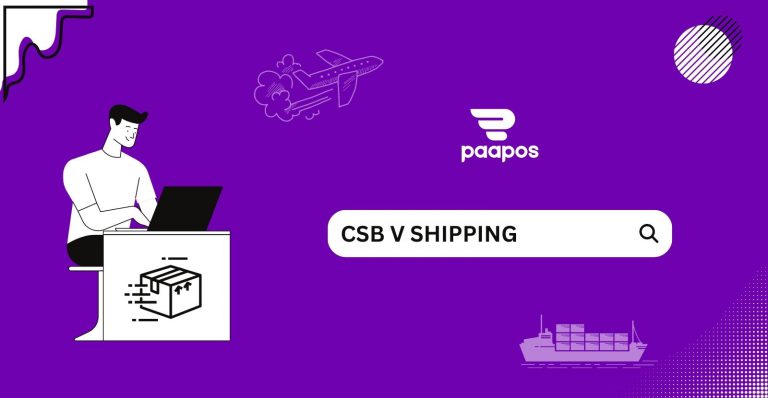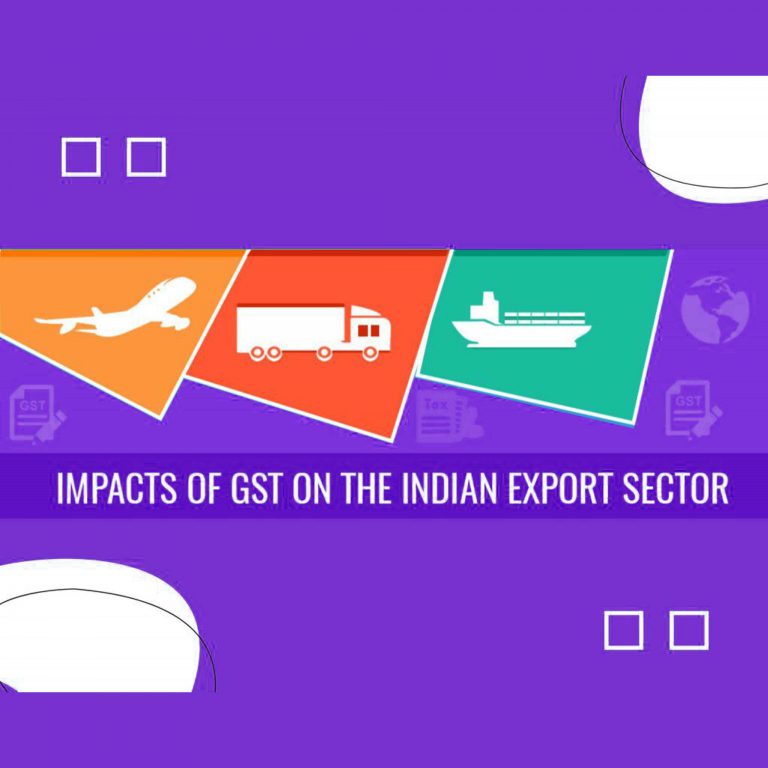How To Minimize Shipment Weight Discrepancies?
Shipping is an essential part of the global economy. With the rise of e-commerce and online shopping, shipping has become more important than ever before. However, shipping goods from one place to another can be a daunting task. One of the major challenges in shipping is minimizing shipment weight discrepancies. In this blog post, we will discuss some tips to minimize shipment weight discrepancies shipping and logistics.
Use Accurate Measuring Tools
When shipping goods, it is essential to use accurate measuring tools to determine the weight and dimensions of the package. Even small discrepancies in weight and dimensions can lead to significant differences in shipping co sts. Therefore, it is crucial to use calibrated scales and measuring tapes to ensure accuracy in measuring the weight and dimensions of each package.
Scales come in various types, and you should choose the one that best suits your business’s needs. For example, if you mostly ship small items, a digital scale with a precision of 0.1 oz is sufficient. For larger items, a floor scale with a capacity of up to 10,000 lbs may be needed. Placing the scale on a level surface is also essential to ensure accurate measurements.
Similarly, measuring tapes come in different types and sizes. You should choose the measuring tape that is appropriate for the size of the package you are shipping. A measuring tape with a length of up to 100 feet is ideal for larger packages, while a shorter measuring tape is sufficient for smaller packages.
Using accurate measuring tools is an essential step in minimizing shipment weight discrepancies. It ensures that the weight and dimensions of the package are accurately recorded, leading to accurate billing.
Use Standardized Packing Materials
Using standardized packing materials is another way to minimize shipment weight discrepancies. Standardized packing materials include boxes, packing materials, and fillers that are pre-measured and designed for specific purposes. By using standardized packing materials, you can ensure that the weight and dimensions of each package are consistent.
Consistency in package weight and dimensions is essential in shipping because it helps avoid any discrepancies in billing. For example, if you use different sizes of boxes or packing materials for different packages, the weight and dimensions of each package will vary. This variation will result in discrepancies in billing and may lead to higher shipping costs.
Standardized packing materials save time and ensure proper protection of packages during transit. Pre-measured boxes and packing materials reduce the time required to pack each package, leading to improved efficiency. Additionally, using standardized packing materials ensures that each package is adequately protected during transit, leading to reduced damages.
Consider Using Dimensional Weight
Dimensional weight is a method of calculating shipping costs based on the package’s weight and dimensions. The dimensional weight may be higher than the actual weight of the package. By using dimensional weight, you can ensure that you are paying the correct shipping cost for the package, regardless of its actual weight. This can help minimize discrepancies and ensure accurate billing.
Dimensional weight is used when the package’s volume is greater than its actual weight. In such cases, the carrier will charge based on the package’s volume rather than its actual weight. The calculation for dimensional weight is as follows:
Dimensional weight = (Length x Width x Height) / Dimensional Factor
The dimensional factor is a number that the carrier assigns to different package sizes. The larger the package, the lower the dimensional factor.
By using dimensional weight, you can ensure that you are not overpaying for shipping. This is particularly useful when shipping large but lightweight items. For example, a large box of pillows may have a low actual weight but a high dimensional weight due to its size. By using dimensional weight, you can ensure that you are paying the correct shipping cost.
Verify the Weight of Each Package
To minimize shipment weight discrepancies, one can verify the weight of each package before shipping it. This is especially important when shipping large quantities of items. Verifying the weight of each package ensures that the weight recorded is accurate, leading to accurate billing.
To verify the weight of each package, you can use a checkweigher. People use a checkweigher machine to verify the weight of packages. The design of a checkweigher machine is to weigh each package, compare the weight to a pre-set weight range. If it falls within the range accept it and if it falls outside the range reject it.
Using a checkweigher helps ensure that the weight of each package is accurate. This reduces the risk of weight discrepancies and ensures that we do not overcharge for shipping.
Keep Accurate Records
Keeping accurate records of each shipment is essential in minimizing shipment weight discrepancies. Accurate records enable you to track the weight and dimensions of each package, the shipping cost, and the delivery status. This helps you identify any discrepancies and resolve them quickly.
Keeping accurate records also helps you identify any patterns in weight discrepancies. For example, if you notice that a particular carrier consistently overcharges for shipping, you can address the issue with them. Similarly, if you notice that a particular type of package consistently weighs more than expected, you can investigate the cause and take corrective action.
How Paapos Help?
At Paapos Logistics, we understand the importance of minimizing shipment weight discrepancies in global shipping. We know that accurate billing and efficient operations are key to ensuring customer satisfaction and maintaining a successful business.
To achieve this, we use accurate measuring tools and standardized packing materials to ensure that our packages are weighed and measured correctly. We also use dimensional weight, which takes into account both the weight and dimensions of a package, to determine shipping costs accurately.
To further reduce the risk of overpaying for shipping, we verify the weight of each package before shipping it out. We ensure that we do not charge our customers for any additional weight that may have been added during the shipping process.
At Paapos Logistics, we also place a strong emphasis on keeping accurate records of all shipments. This helps us to identify any discrepancies that may occur and quickly resolve them to avoid any delays or issues with delivery.
Overall, we believe that following these tips and utilizing accurate measuring tools, standardized packing materials, and proper record-keeping are crucial to minimizing shipment weight discrepancies and ensuring a smooth shipping operation. At Paapos Logistics, we strive to provide reliable and efficient logistics and courier services to our customers.
Conclusion
Minimizing shipment weight discrepancies is essential in global shipping. It ensures accurate billing, reduces the risk of overpaying for shipping, and improves efficiency. By using accurate measuring tools, standardized packing materials, dimensional weight, verifying the weight of each package, and keeping accurate records, you can minimize shipment weight discrepancies and ensure smooth shipping operations.
Shipping is a complex process, and there are many factors that can affect the weight and dimensions of a package. However, by following these tips, you can ensure that you are shipping packages accurately and efficiently, leading to a successful shipping operation.






